Anyone who knows me, knows I hate New Years Eve. Always have. The week between Christmas and New Years is traditionally a time of self-flagellating reflection, semi-soul-numbing-regrets and non-clinical depression. That generally comes complete with a lot of whining and binge-eating the remaining butter tarts. With the Duchess working retail, and my customers inconsiderately on vacation, I have too much time to think about stuff. Nothing good happens when Wayne starts a sentence with, “I’ve been thinking.”
This year is (slightly, ever-so-slightly) different though.
For example, this year my resolution is to save more money. One way I am going to do this is by using more coupons and promo codes when shopping online. You see, one of my friends has been encouraging me to get into couponing for some time now and I have decided that I need to make some major changes to my spending habits, especially as we have a big move planned very soon.
We do most of our online shopping on the Target website so my friend has sent me a target coupon to get me started. To be honest, I was surprised by how much money you can save by using promo codes. I had never even thought about using coupons when shopping online, but this year is going to be different. Are you a fan of couponing? Or, do you have any other money-saving tips? Let me know your thoughts if so.
By the way, this is not a request for “attaboy” Facebook messages or offers of assistance or your therapists’ contact information. I go through this every year and come out the other side. It’s just a way of setting up what I have to say next.
As I look forward to 2018, there are three things to look forward to.
- In May, the release of “The Long-Distance Leader: Rules for Remarkable Remote Leadership.” Co-written with my boss and friend, Kevin Eikenberry, this is a very real book from a real publisher and the hope is that it will kick-start the whole
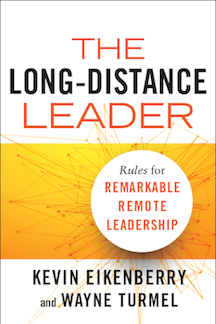 “paying the rent” thing. It’s available for Pre-Order now. Just saying.
“paying the rent” thing. It’s available for Pre-Order now. Just saying. - This summer will see the release of “Acre’s Orphans”, the second story in the Lucca series. I’m guessing August? I had hoped to have it out by now, but hubris is a terrible thing. “How hard could it be to do a world-class business book AND the next novel in the same year?” I can now answer that: way more than I thought. For those of you awaiting the next adventure. It’s coming. By the way, I killed off someone major in Chapter 15. Can’t wait to hear the complaining…..
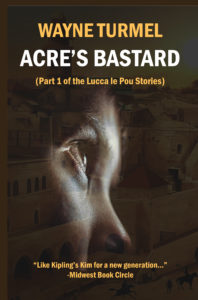
- After 17 years in Chicago, the Duchess and I are planning to leave Chicago for Las Vegas. Now, I’m well aware that if you want to hear God laugh, tell Her your plans, and nothing is set in stone. Still, that’s the plan. No more frigid winters. And it’s time to start the next chapter of our lives. I love Vegas but that’s not to say I won’t miss living in Chicago. I’ve been playing on some of the best online slots UK websites to try and improve my gambling skills and I’m slowly getting better. I can already tell I’ll be spending a lot of time in the casinos haha. The casinos are a huge perk of living in Vegas, but I’m fine with playing online for now. I feel like many people come to Vegas for the culture and not the gambling. In fact, now luxury casinos can be found in Japan, it’s no longer the sole selling point of Vegas. That being said, I’m still going to try my luck. Hopefully, I’ll be able to win some money to fund the move. It will be interesting to see how the introduction of modern developments in the casino industry will affect the standing of Las Vegas in the gambling landscape. For instance, Bitcoin casinos are increasingly becoming the hottest trend. Those interested should check out this article to learn more about them – https://savedelete.com/gaming/the-difference-between-a-bitcoin-casino-and-a-regular-one/203935/. It might be a good way for me to make a bit of money so could be worth looking into! Of course, if anyone wants to buy a few copies of my books to help fund the move, we’d appreciate it. While I love Chicago, and Her Serene Highness will be staying behind, it’s either move or be murdered in my sleep by a woman raised in Miami and still pining for Los Angeles after all these years. I’m already packing boxes.

You never really know what a year holds, but I am excited for the challenges I know I (and we as a family) will face.
My own self-absorbed whinging aside, I wish for you an exciting 2018 of chasing your dreams and fighting the weasels to at least a draw.


 I live on our lavender farm in Sonoma, California, which Jack London named Valley of the Moon, and wrote his books. My first book was Lavender Fields of America, a non-fiction coffee table book. Recently, our farm was destroyed in the Sonoma/Santa Rosa fires, but we are rebuilding and replanting as we speak! I am fascinated with remarkable people who lived before us and their improbably, fantastical stories. That’s why I write biographic historical fiction.
I live on our lavender farm in Sonoma, California, which Jack London named Valley of the Moon, and wrote his books. My first book was Lavender Fields of America, a non-fiction coffee table book. Recently, our farm was destroyed in the Sonoma/Santa Rosa fires, but we are rebuilding and replanting as we speak! I am fascinated with remarkable people who lived before us and their improbably, fantastical stories. That’s why I write biographic historical fiction.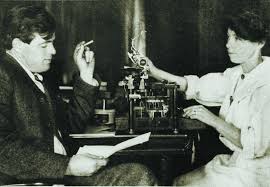
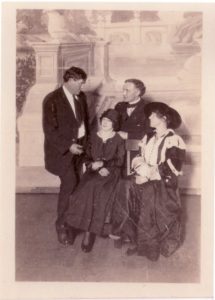
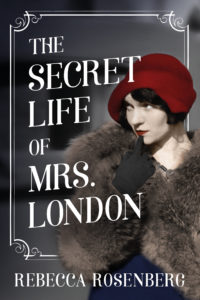
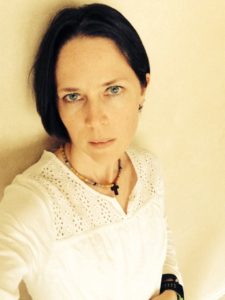 On a typical day, one could find Karen in the throngs of adolescent wonderment, trying to create harmonious music-making to these next-generation superstars. From the first squeaks of “Hot Cross Buns” to the lavish lyrical sounds of “Danny Boy,” there is much magic that occurs within the four walls of the band room.
On a typical day, one could find Karen in the throngs of adolescent wonderment, trying to create harmonious music-making to these next-generation superstars. From the first squeaks of “Hot Cross Buns” to the lavish lyrical sounds of “Danny Boy,” there is much magic that occurs within the four walls of the band room.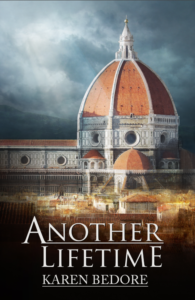 remember. The humanism movement—especially in Italy—has transformed the visual and musical art world, and I wouldn’t be where I am today without that ingenuity. I have family roots in Italy as well, and am in love with the language and culture. If I were a character, I would be Aria. Many people who have read the book have noticed that I pretty much inserted myself into the book.
remember. The humanism movement—especially in Italy—has transformed the visual and musical art world, and I wouldn’t be where I am today without that ingenuity. I have family roots in Italy as well, and am in love with the language and culture. If I were a character, I would be Aria. Many people who have read the book have noticed that I pretty much inserted myself into the book.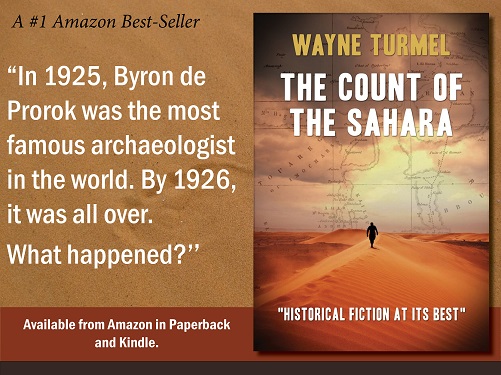
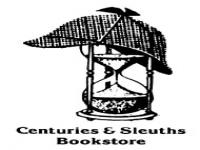 As part of
As part of 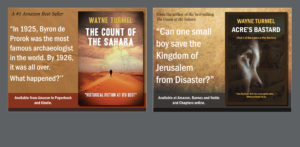
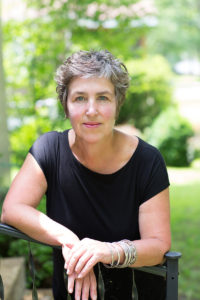 Jocelyn has a Ph.D. in Creative Writing from Florida State University and is currently the Director of Creative Writing in the BFA Program at Truman State University. She lives in Columbia, Missouri with her husband, the film scholar Prakash Younger, and their two daughters.
Jocelyn has a Ph.D. in Creative Writing from Florida State University and is currently the Director of Creative Writing in the BFA Program at Truman State University. She lives in Columbia, Missouri with her husband, the film scholar Prakash Younger, and their two daughters.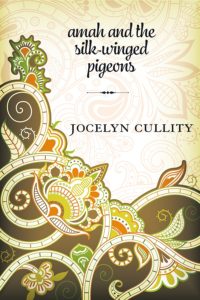
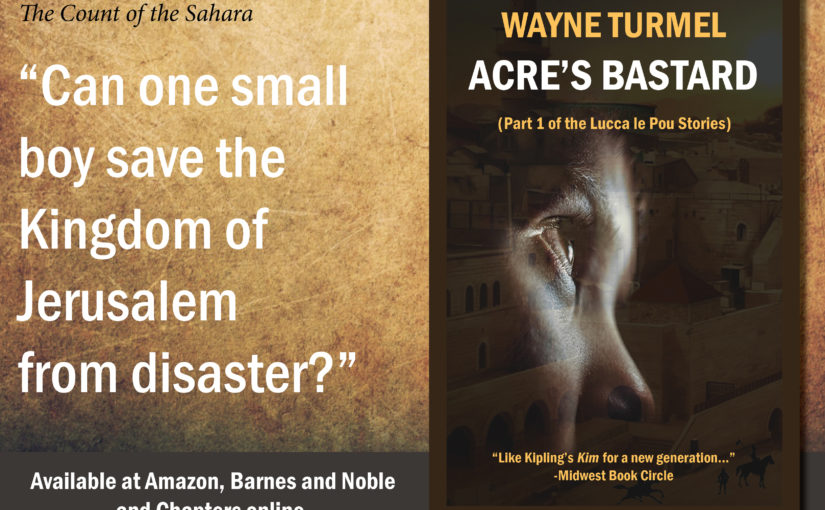

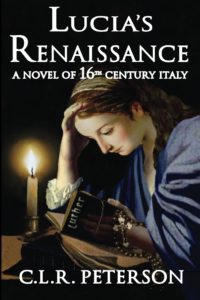
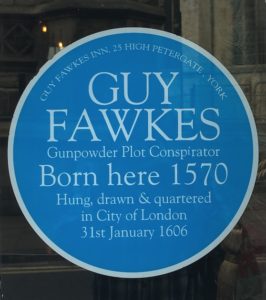 November night and as we came low over England, small towns were blasting fireworks, so there were little starbursts all over the ground. Those demonstrations, of course, were in memory of Guy Fawkes and the Gunpowder Plot. As this plaque shows, it failed and the consequences weren’t great for Guy. But the story lives on. One author has asked the question: what if the plot to blow up Parliament had succeeded? The answer is a pair of novels: “
November night and as we came low over England, small towns were blasting fireworks, so there were little starbursts all over the ground. Those demonstrations, of course, were in memory of Guy Fawkes and the Gunpowder Plot. As this plaque shows, it failed and the consequences weren’t great for Guy. But the story lives on. One author has asked the question: what if the plot to blow up Parliament had succeeded? The answer is a pair of novels: “ Tony Morgan lives in Yorkshire in the UK, close to the birthplace of Guy Fawkes. His books have been described as a perfect read for lovers of the works of C.J. Sansom and S. J. Parris and anyone interested in how historic events have shaped our own times. Profits from both his books in 2017 are being donated to York Teaching Hospital Charity’s dementia appeal.
Tony Morgan lives in Yorkshire in the UK, close to the birthplace of Guy Fawkes. His books have been described as a perfect read for lovers of the works of C.J. Sansom and S. J. Parris and anyone interested in how historic events have shaped our own times. Profits from both his books in 2017 are being donated to York Teaching Hospital Charity’s dementia appeal.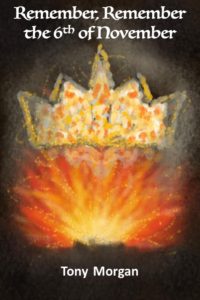 of Guy Fawkes and the Gunpowder Plot. It’s a pivotal moment in British history, celebrated annually on November 5th with bonfires and fireworks. Given few people know the details behind this, I’ve focused on the real-life events but couldn’t stop myself from including a few twists along the way.
of Guy Fawkes and the Gunpowder Plot. It’s a pivotal moment in British history, celebrated annually on November 5th with bonfires and fireworks. Given few people know the details behind this, I’ve focused on the real-life events but couldn’t stop myself from including a few twists along the way.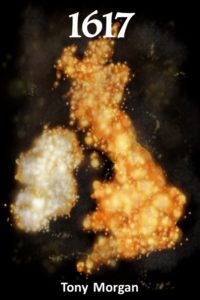 The first book is set in a world with fascinating, if alarming, parallels with modern times – terrorists on the streets of London, religious unrest, government surveillance and conflict with Europe. The history of the Gunpowder Plot is compelling, from the motivations of the Catholic conspirators, to the intrigue, betrayals, torture and so on.
The first book is set in a world with fascinating, if alarming, parallels with modern times – terrorists on the streets of London, religious unrest, government surveillance and conflict with Europe. The history of the Gunpowder Plot is compelling, from the motivations of the Catholic conspirators, to the intrigue, betrayals, torture and so on. I am a fifth-generation Colorado native – and because I was the geeky kid who kept pestering the “old people” with questions, from an early age I was filled with a wealth of strange and historical stories. I’m from Golden originally, and now live in Denver. My undergrad degree is in History and I love the more unusual facets of history. In my free time, if I’m not writing, I’m off combing the mountains for old historical relics and enjoy traveling around the world. I am a member of Lighthouse Writers, Colorado Author’s League, Historical Novel Society and History Writers of America along with Women Writing the West.
I am a fifth-generation Colorado native – and because I was the geeky kid who kept pestering the “old people” with questions, from an early age I was filled with a wealth of strange and historical stories. I’m from Golden originally, and now live in Denver. My undergrad degree is in History and I love the more unusual facets of history. In my free time, if I’m not writing, I’m off combing the mountains for old historical relics and enjoy traveling around the world. I am a member of Lighthouse Writers, Colorado Author’s League, Historical Novel Society and History Writers of America along with Women Writing the West.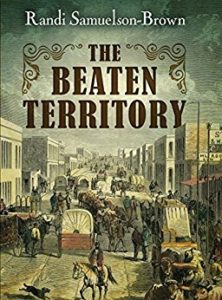

 When not spending time with his family, teaching, playing hockey, and enjoying the outdoors, he continues to research and write. A series of new releases are planned for the future.
When not spending time with his family, teaching, playing hockey, and enjoying the outdoors, he continues to research and write. A series of new releases are planned for the future.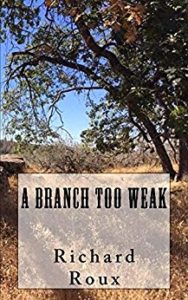 love exploring how local history is intertwined with national events. And I have always been drawn to history of the American West. So, throughout my life, I have contemplated how my little corner of the world developed over time. My family has some property in the Greenhorn Mountains of Kern County. The area witnessed its own gold rush in 1853 and 1854.
love exploring how local history is intertwined with national events. And I have always been drawn to history of the American West. So, throughout my life, I have contemplated how my little corner of the world developed over time. My family has some property in the Greenhorn Mountains of Kern County. The area witnessed its own gold rush in 1853 and 1854.